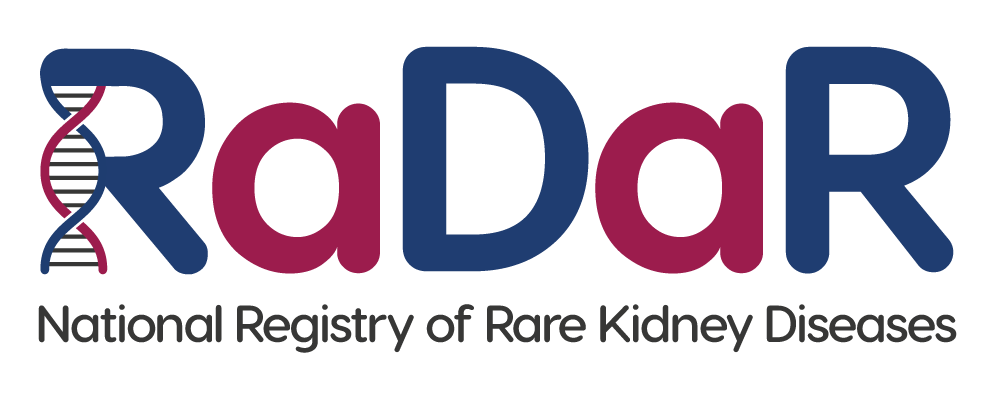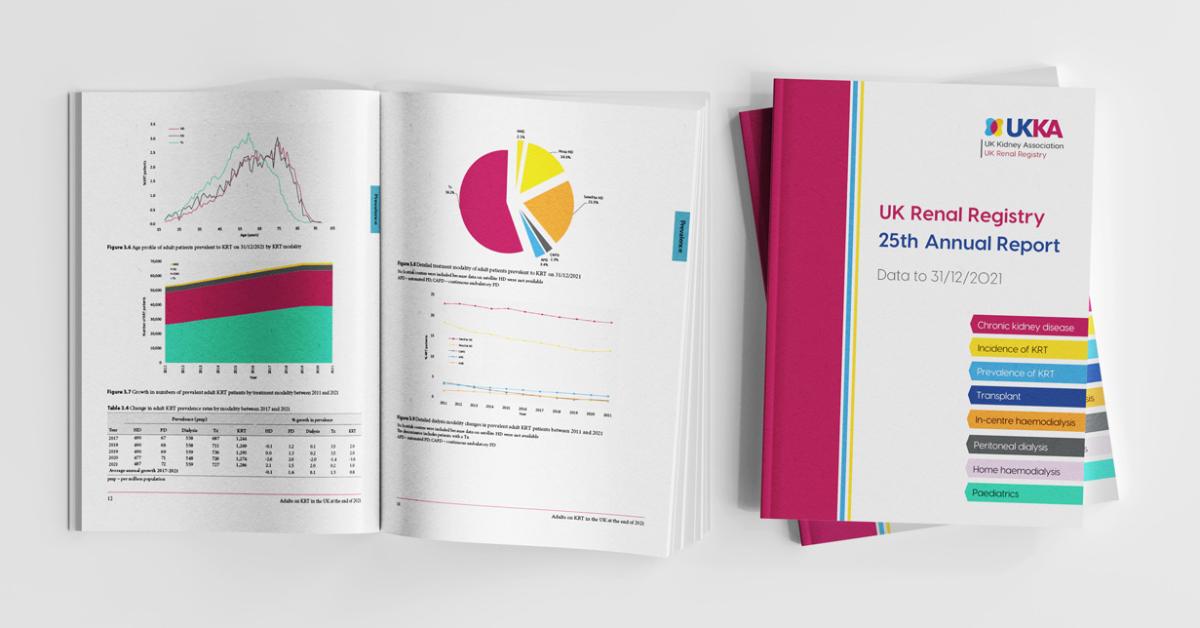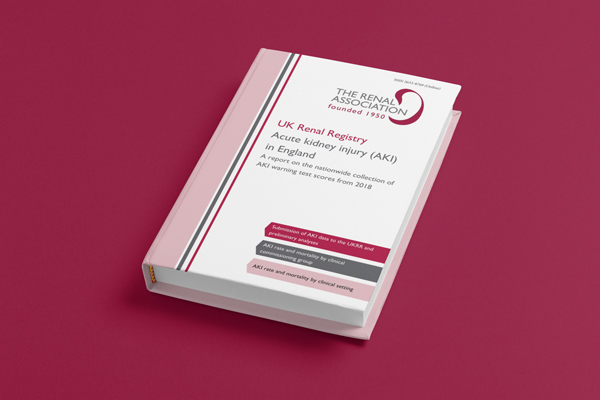Patient Information
Fibromuscular dysplasia (FMD) is a rare condition that causes narrowing (stenosis) and/or enlargement (aneurysm) of the small and medium-sized arteries.
Some people with fibromuscular dysplasia don’t have any symptoms.
For those that do, the most common symptoms are associated with high blood pressure. However, many people with high blood pressure do not have symptoms in the early stages, and are picked up at a routine health check. When high blood pressure does cause symptoms this can include headaches, breathlessness, blurred vision and dizziness. See How the disease works below for more information.
Rarely FMD can cause strokes or chest pain, pain after eating and weight loss, pain weakness or numbness in the neck or limbs.
Other symptoms can vary depending on which parts of the body are affected.
Kidney
- High blood pressure especially if you are under 40
- Tissue damage in your kidneys (ischemic renal atrophy)
- Chronic Kidney Disease (CKD) (rare)
Brain
- Headache
- Dizziness
- Blurred vision or temporary loss of vision
- Pulsating whooshing sound / ringing in your ears (tinnitus)
- Neck pain
- Facial weakness or numbness
Abdomen
- Abdominal pain after eating
- Unintended weight loss
Arm and leg
- Discomfort when moving your arms, legs, hands or feet
- Cold limbs
- Weakness
- Numbness
- Skin changes in color or appearance
Heart
- Chest pain
- Heart attack (rare)
FMD can cause a number of complications if left untreated. This includes high blood pressure and tears in the walls of your arteries if you already have FMD present e.g. carotid (neck) arteries. This is called arterial dissection and the symptoms are similar to having a mini stroke or stroke.
- Headache
- Scalp pain
- Eye pain
- Neck pain
- One eye with a droopy lid and small pupil (partial Horner syndrome)
- Weakness or numbness on one side of your body.
- Having trouble understanding speech or speaking
- Pulsing sound in an ear
There isn’t consensus on whether spontaneous coronary artery dissection (SCAD) is linked to FMD or a separate condition. FMD can be seen in SCAD, it is even very rare to have a SCAD when you have FMD. Symptoms may include:
- Chest pain
- Shortness of breath
- Sweating
- Nausea
When to see a doctor
If you have FMD and have any sudden changes in your vision, ability to speak or new weakness in your arms or legs, you should seek medical attention immediately, just as you would for a stroke.
Because FMD can be passed on through the genes, it is important that family members know about it and are able to tell their doctor. As high blood pressure is a common early feature of the condition, a regular blood pressure check is recommended. There is currently no genetic test for fibromuscular dysplasia.
In all cases it is important not to smoke. Smoking adds to the risk of complications. See your GP for help with stopping smoking.
Treatment Options
While there isn’t a cure for FMD, most patients can be treated effectively with expert care. Treatment will vary according to which part of the body is affected, and how severe it is.
Options include:
- Treating high blood pressure with medications.
- Taking an antiplatelet agent such as aspirin to help prevent stroke.
- Surgical procedures. For example, percutaneous transluminal angioplasty to open up a narrow artery or vascular coils and/or stents for treatment of aneurysms and arterial dissection. Open surgery is usually reserved for patients with aneurysms that cannot be treated with less invasive techniques
For more information about treatment visit the Clinician Information Page.
The Fibromuscular Dysplasia (FMD) Rare Disease Group have produced a update on their recent patient information day in Salford and a review of current literature.
FMD group update
The Fibromuscular Dysplasia Society of UK & Ireland is a patient group with the mission of supporting people affected by FMD, raising awareness about FMD with health care professionals and supporting research into FMD.
For more information please see:
Facebook: www.facebook.com/FibromuscularDysplasiaSocietyUKandIreland
Twitter: twitter.com/FmdsUk
Rare Connect: www.rareconnect.org/en/community/fibromuscular-dysplasia
The following websites may also be helpful:
- Kidney Care UK (previously the British Kidney Patient Association)
- Kidneys for Life
- Kidney Research UK
- Fibromuscular Dysplasia Society of America (FMDSA)
- FMD Inspire Support Group
FMD is characterized by patches of abnormal cell growth within the arterial wall. It does not affect the veins or the lymphatic system. FMD is different from other diseases of the arteries, such as atherosclerosis (blockage of arteries by cholesterol plaques), vasculitis (inflammation of the arteries), and thrombosis (blockage by a blood clot).
FMD can lead to narrowing of the artery, sometimes with an irregular pattern. Sometimes a section of the artery is weakened and has bulges (aneurism). These may leak if they get too big, or the delicate lining of the artery may get torn (arterial dissection). Both of these are serious complications that can happen suddenly.
When FMD causes a narrowing of an artery, the reduced blood flow can upset the function of the organ being supplied. By far the commonest arteries to be affected are those supplying the kidneys (renal arteries). The kidneys are important in regulating blood pressure. If the blood supply is reduced, the kidneys respond by signaling for the blood pressure to rise, causing high blood pressure (renal hypertension). The kidney itself may also become damaged if the blood flow is severely restricted. Kidney function may be reduced but only if there is extensive damage, as kidneys normally have a built in reserve capacity.
If FMD affects the arteries in the neck that supply the brain, this can give rise to neurological problems including stroke, facial and neck pain, tinnitus and visual disturbance. Likewise, artery damage in heart, limbs and intestines disrupt normal function and may give rise to pain.
The cause of FMD is not yet fully known. Hormonal factors, abnormal blood vessel development and environmental factors are likely play a role. However 7 – 10% of people with the disease have a similarly affected family member, indicating a genetic basis for the disease. Current research is looking into this.
FMD is much more common in middle-aged women, but it can occur across the lifespan of both sexes, and very rarely can affect children. People who smoke appear to have an increased risk of developing FMD, and those with FMD should stop smoking as it adds significantly to the risk of serious complications.
The Fibromuscular Dysplasia Rare Disease Group (RDG) are working with international partners to research the cause, prognosis and outcomes for patients with FMD. A first step is to register patients in the National Renal Rare Disease Registry (RaDaR). The registry will be used to find suitable participants for future research trials into the effectiveness of new treatments. If you are interested in finding out more about the registry RaDaR or the activity of the RDG please visit the Fibromuscular Dysplasia RDG page.
The first international consensus guide on the diagnosis and management of Fibromuscular Dysplasia has recently been published. This can be accessed at:
UK Fibromuscular Dysplasia (FMD) Study
IRAS 291394, Northern Care Alliance R&I Reference: S21CDV03-S
The UK FMD Study gained full ethical and final local sponsorship approval on 01/09/2022. Salford Royal Care Organisation, part of the Northern Care Alliance, are the principal site and any centres wishing to join this initiative will be onboarded in stages. Dr Constantina (Tina) Chrysochou is the Principal Investigator. This study is the ‘UK branch’ of the well established European and International FMD initiative (FEIRI). Please ask your consultant or any of the co-investigators in the FMD RDG group to find out how to participate




